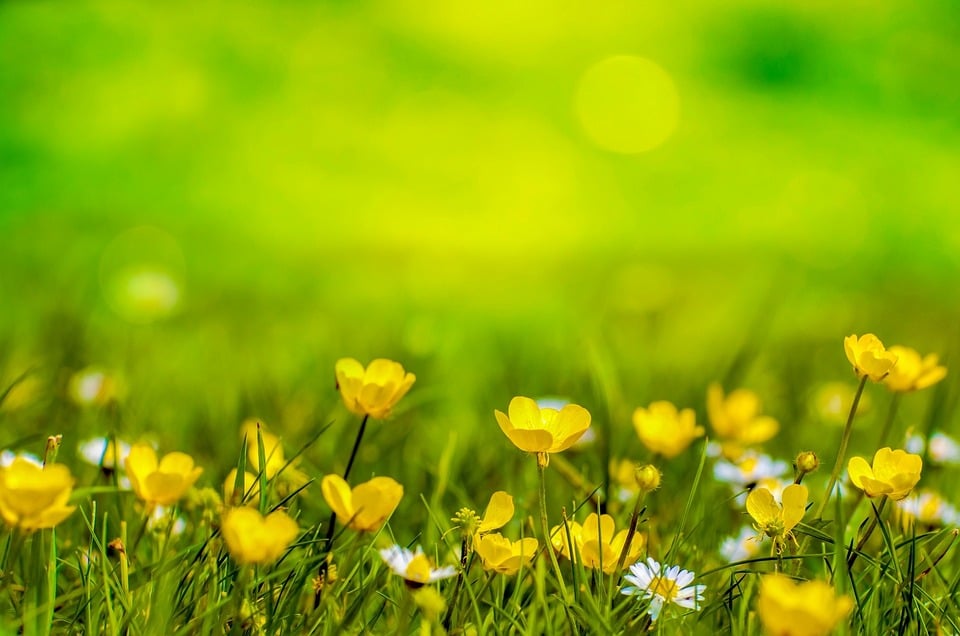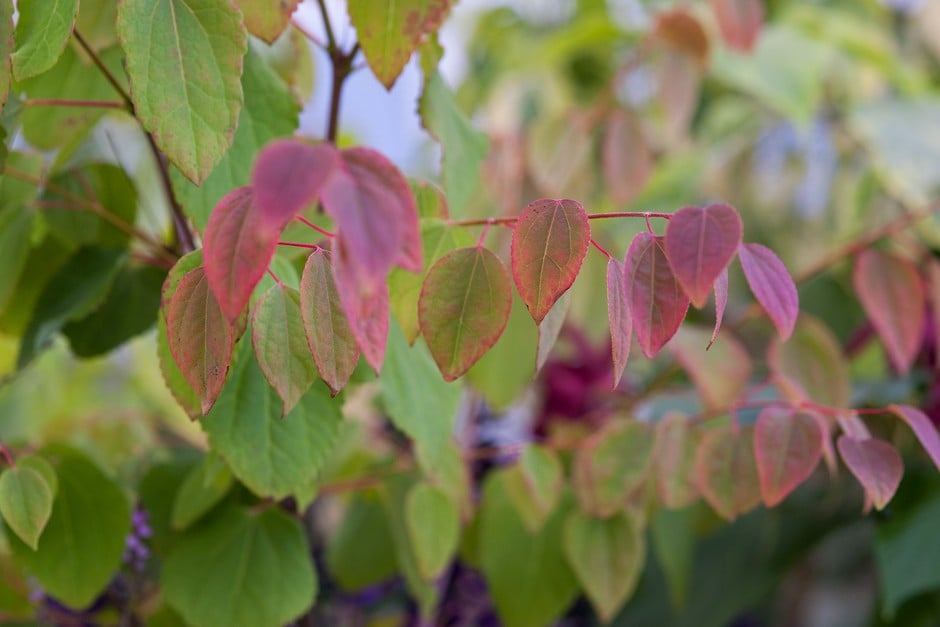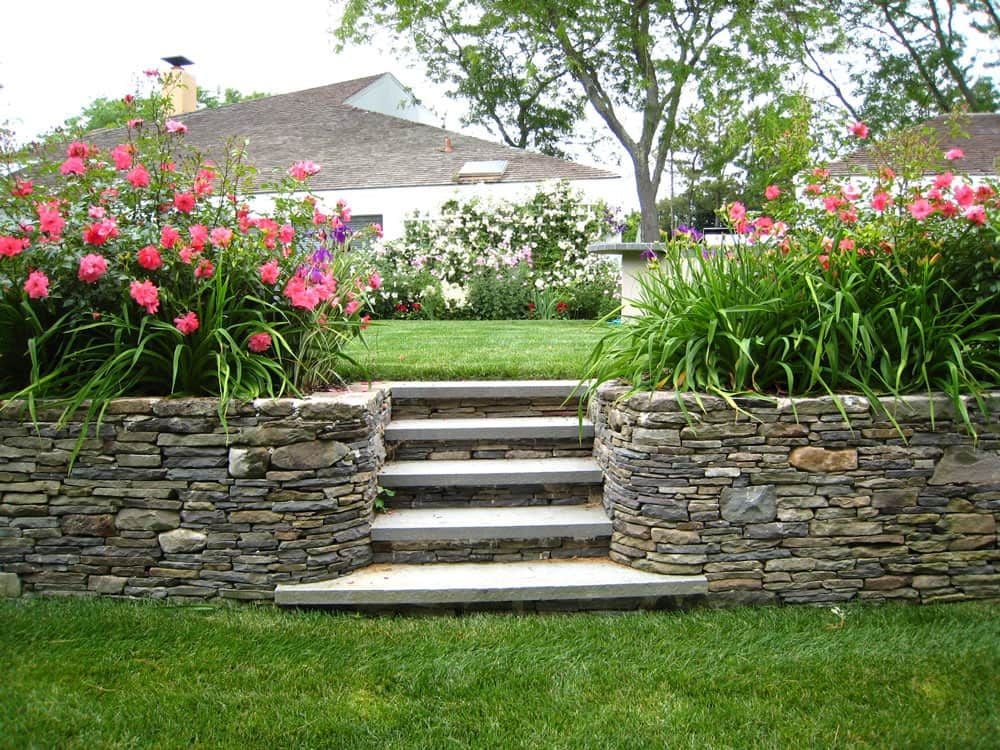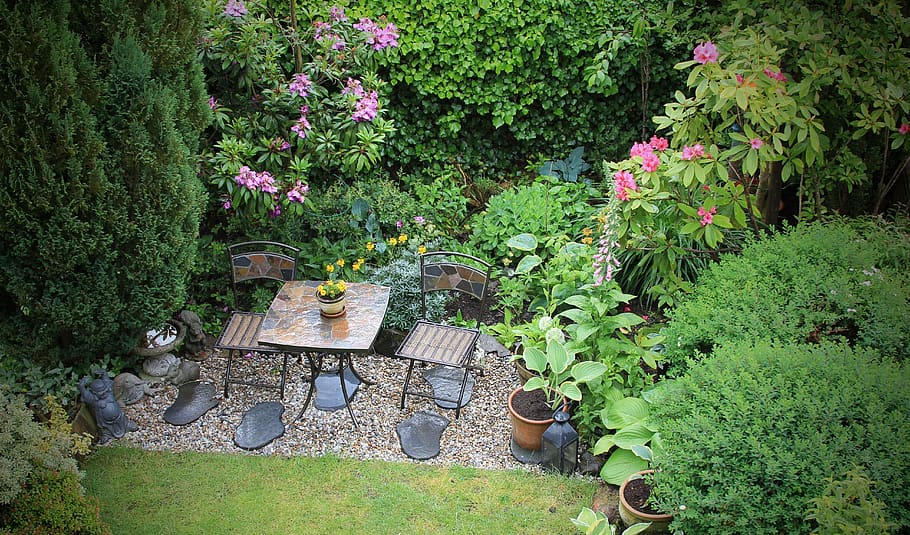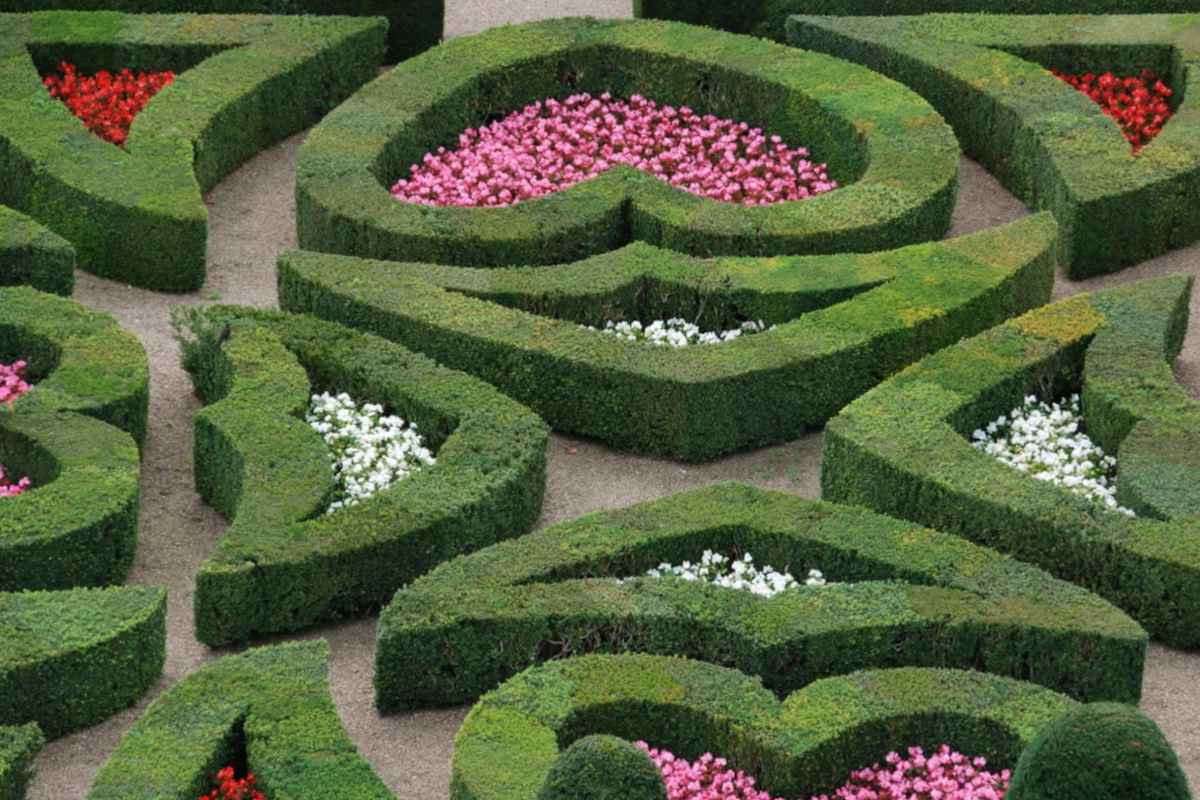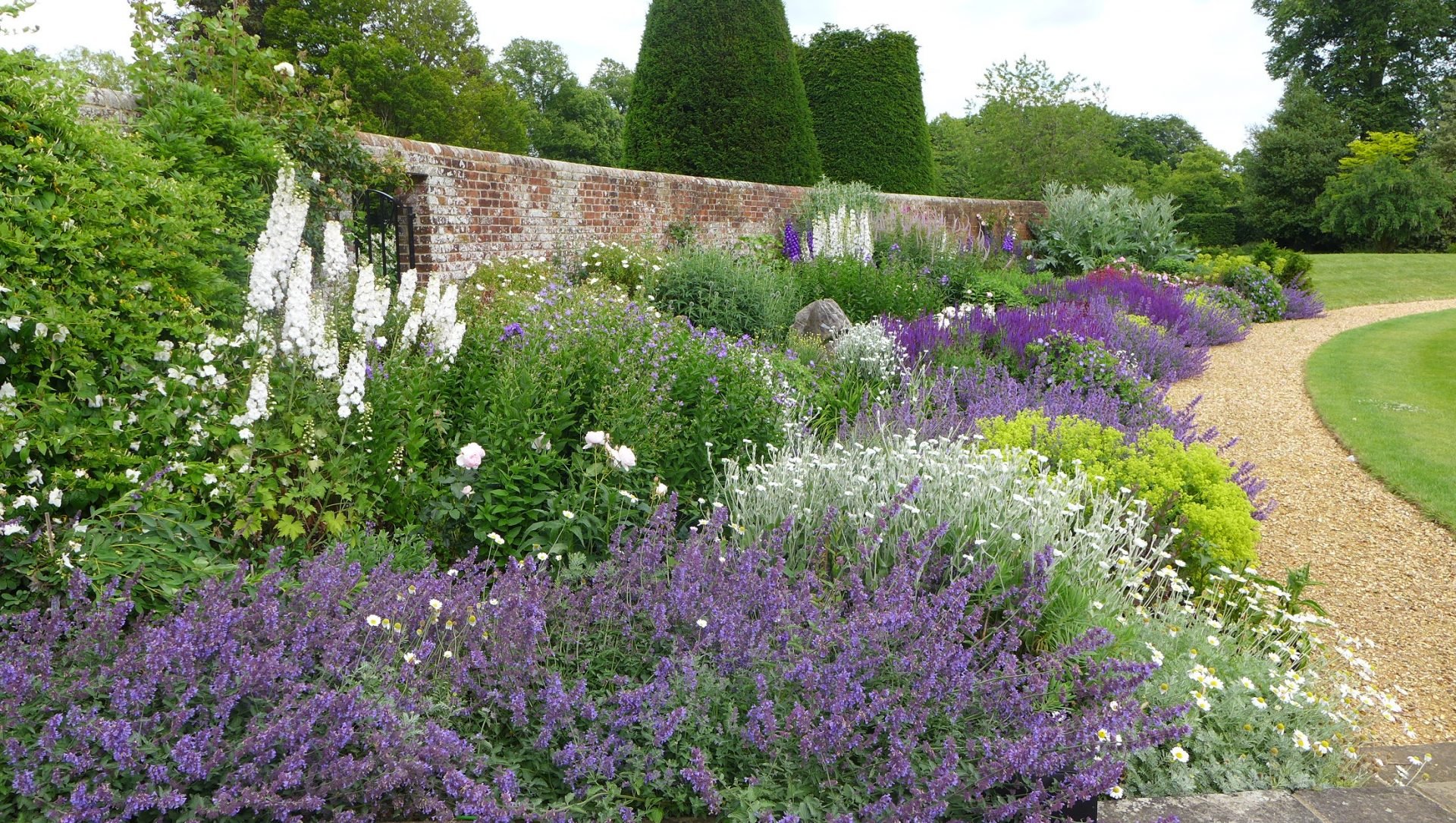10 Simple Steps to Creating a Small yet Stunning Meadow Garden
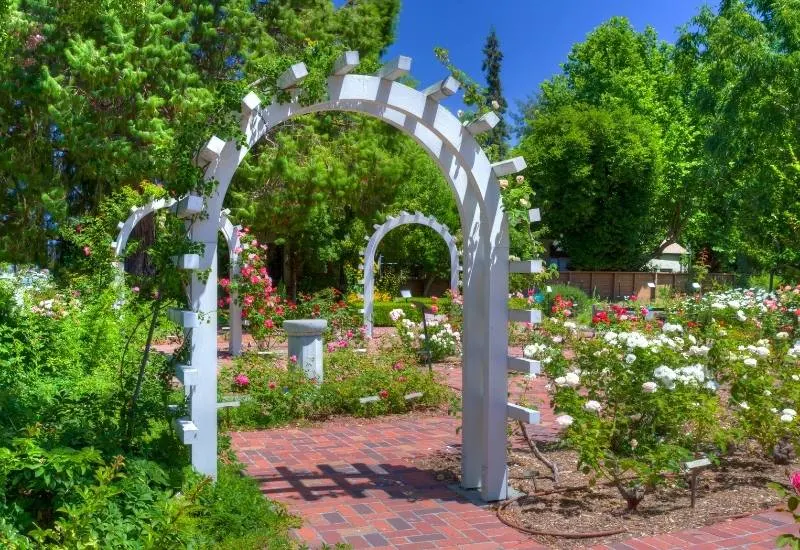
Table of Contents
Meadows evoke images of a mystical setting, the summer, and a vibrant fusion of wildflowers. It can be an amazing experience to create your own meadow garden and enjoy its beauty every day. Meadow gardens are becoming more popular as people want eco-friendly landscaping.
But exactly what is a meadow garden? And how do I make one quickly? Are they simple to maintain? And how long will they be around? As you work on creating your own meadow garden, we’re sure you’re thinking about a lot of factors.
So, get ready to roll up your sleeves and let’s dive into creating your very own small meadow garden!
How to Create a Small Meadow Garden?
If you have limited space, you can create a small meadow garden that is both visually appealing and easy to maintain by following these simple 10 steps. So, without further ado, let us begin!
Step 1: Choose the Location
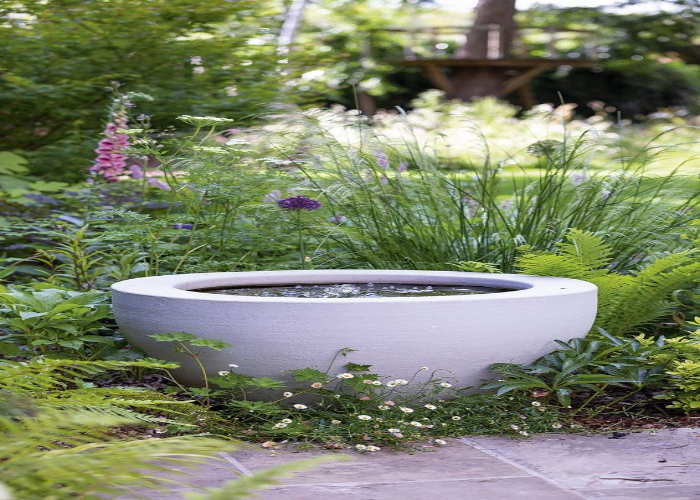
Choosing a suitable location is a crucial stage in the creation of a meadow garden. To grow and thrive, most meadow plants prefer full sun, so find a place that receives at least 6-8 hours of direct sunlight every day. Other elements to consider include soil type and slopes.
The soil in the chosen location should be well-drained, not overly compacted, and rich in organic matter. Planting a meadow garden on steep slopes or hillsides should be avoided since it can promote erosion and water flow.
Make sure to consider the proximity of other nearby structures, such as buildings or trees, as they may cast shadows or block the wind, which can impact the health of your meadow plants. You will also need a site with frequent access to a water source, or you can store water in a tank in your garden.
Step 2: Clear the Area
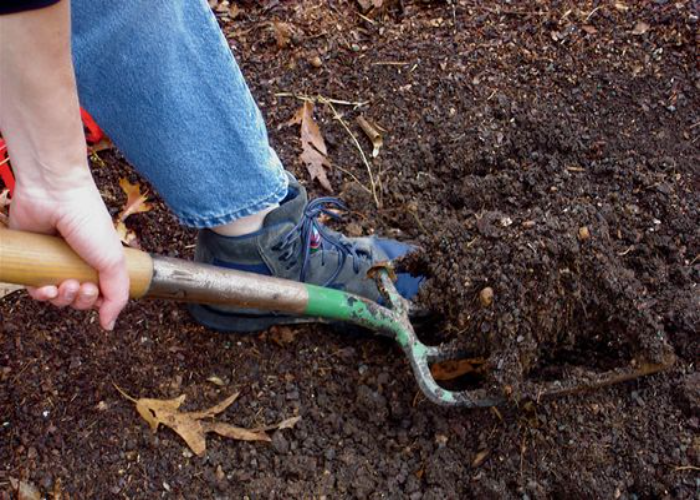
By effectively cleaning the area, you will establish a healthy growing environment for your meadow garden and prevent resource competition between existing plants and newly planted meadow species.
Mark the boundaries and remove any existing vegetation from the area, such as grass or weeds. This can be accomplished by mowing, using a weed trimmer, or digging it up. However, if the region is excessively weeded, you may want to consider using a herbicide. Make sure to properly follow the manufacturer’s instructions and take all necessary safety precautions.
You should also remove any debris from the area to create a clean slate for your meadow garden.
Step 3: Get the Soil Ready
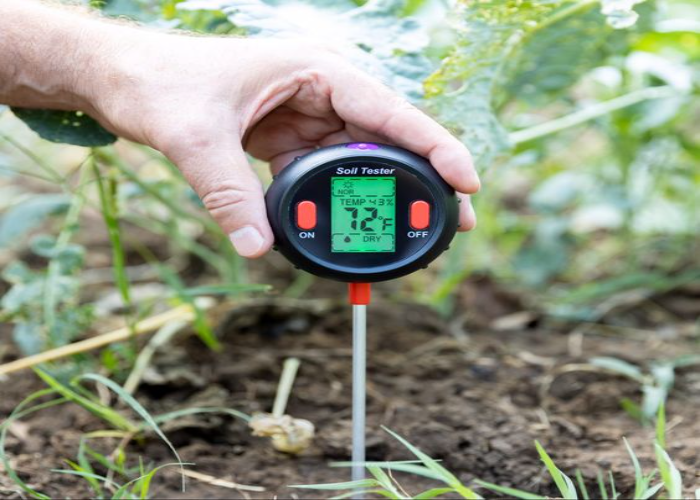
The first thing you should do is test the soil’s PH level and nutrient content. You can easily do this with a soil testing kit. If your soil pH is overly acidic or alkaline, apply lime or sulphur to balance it out. The optimal pH range for meadow plants is between 6.0 and 7.0.
Compost, aged manure, or leaf litter can be added to the soil to increase soil structure and water-holding capacity while also providing critical nutrients to your plants. A tillershould also be used to loosen the soil and mix in any amendments. This will help to develop a loose soil structure, which will make it easier for your meadow plants to establish themselves, which is an important component of a meadow garden.
Finally, before planting, level the soil and properly water it to ensure that it is moist enough to receive the meadow plants.
Step 4: Choose Your Favourite Plants
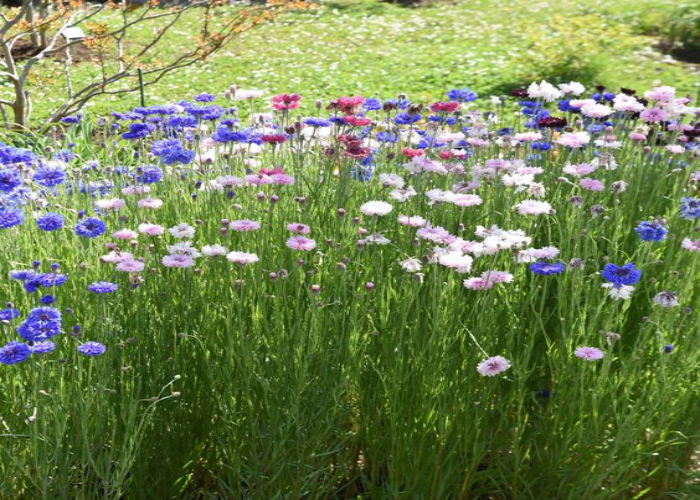
Research native plant species that will thrive in your garden; they will be well suited for the local environment and require less maintenance than non-native species. While choosing plants, you should also consider the soil type and sunlight exposure in the chosen area.
One of the biggest features of a meadow garden is the right mixture of plant species. Choose plants with different heights, textures, colours, and blooming times to create a visually interesting and ecologically diverse garden.
You can mix grasses with contrasting flower plants such as cornflowers, field poppies, meadow buttercups, and other native plants. You can also use wildflower seeds for a beautiful and colourful bloom.
Selection Tip: Many expert gardeners suggest a mix of 60% – 65% native grasses and 35% – 40% perennial flowers. The grass will look like a natural meadow and will contrast with the flowers in colours.
Step 5: Plan the Layout for a Diverse Garden
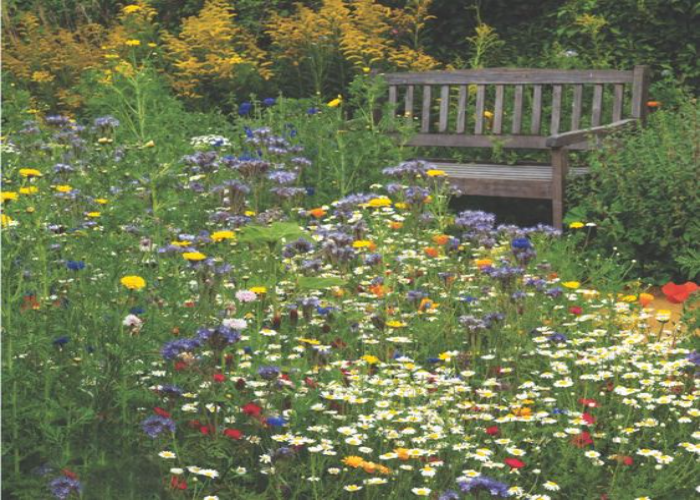
When designing a small meadow garden layout, it is critical to consider plant species features such as height, colour, texture, and blooming period. Create colour contrast with flowers and grasses, and experiment with different leaf textures and forms.
Plant taller plants towards the back of the garden and shorter plants in the front. This will help to generate depth and the sense of a larger meadow garden.
Choose plants that bloom at different periods of the year to offer a continual display of flowers throughout the growing season. This will supply pollinators and other creatures with food and habitat throughout the seasons.
Finally, take into account the shape of the site and plant it in diagonal rows to make it appear larger. Also, to create a cohesive effect, repeat particular plant species or colour schemes throughout the garden.
Design Tip:
- If you want your meadow garden to look open, stick to lower-growing plants no taller than 3 to 4 feet high.
- Install a garden bench or a table set for you and your friends to enjoy the view of your meadow garden.
Step 6: Dig and Plant
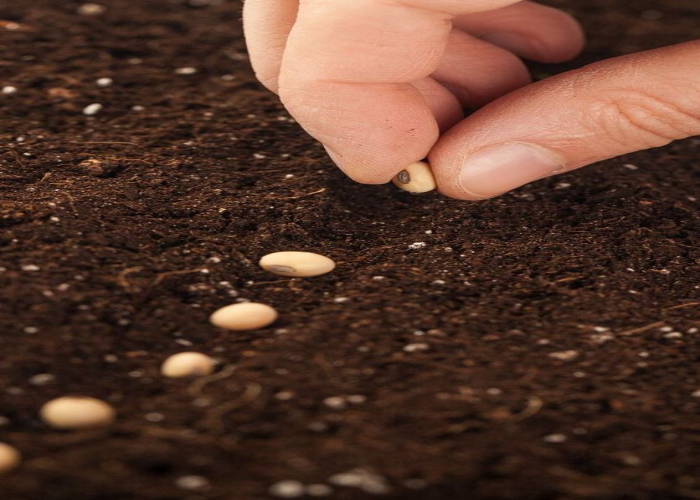
Plant seedlings or seeds in accordance with the instructions for each plant species. In general, while planting seeds, sow them uniformly throughout the furrows and lightly cover them with soil.
Gently remove seedlings from their containers and place them in the prepared holes. Backfill with earth and gently firm around the plant’s base. Organic fertilisers can be used to improve the soil quality for the growth of seeds and seedlings.
Planting Tips:
- Mix wildflower seeds with sand before spreading to ensure equal sowing.
- Sow seeds of easy-to-grow annuals like poppies or zinnias to rapidly fill in gaps and give colour, especially in the first year when perennials are established.
Step 7: Water the Area
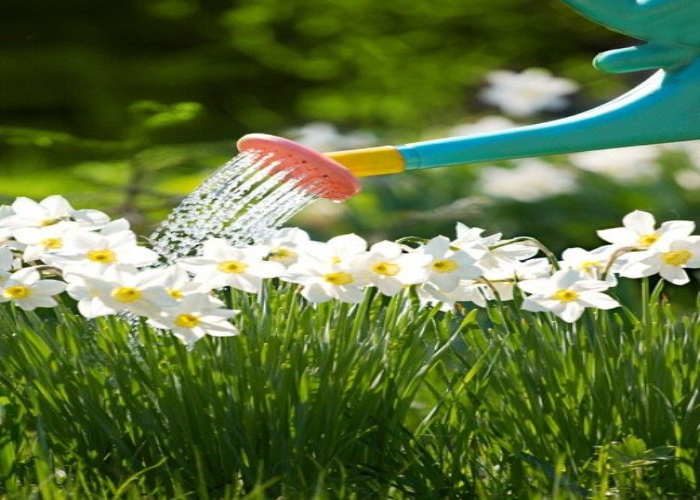
Water the garden area gently, but make sure to avoid washing away the seeds or disturbing the roots of the seedlings. After the first week or so, progressively lower the frequency of watering while still watering deeply to foster deep root growth.
While watering, keep in mind climate parameters such as humidity and the type of plant variety.
Step 8: Mulch the Area
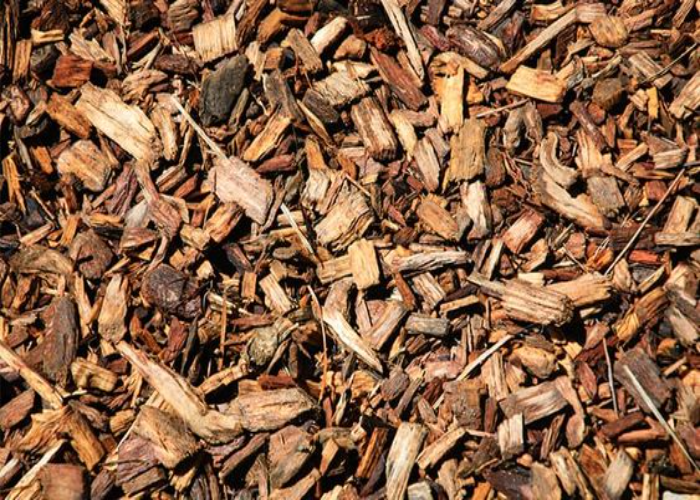
Mulching is essential for a meadow garden since it helps to conserve moisture, manage weeds, and improve soil quality over time.
Spread a natural mulch material, such as straw, leaves, or wood chips, evenly over the soil surface, taking care not to suffocate the young plants. Make sure not to omit mulching, especially during dry seasons, to assist in decreasing water loss.
Step 9: Wait for The Growth

Patiently wait and allow the garden to grow and establish itself. Avoid mowing or trimming the area until the plants have a chance to spread out and take root.
During the growth phase, you’ll want to keep an eye on them for signs of pests or diseases. You can use organic pesticides in case the pests grow large in number. Water your small meadow garden regularly to maintain its health and vitality.
Step 10: Just Enjoy Meadow
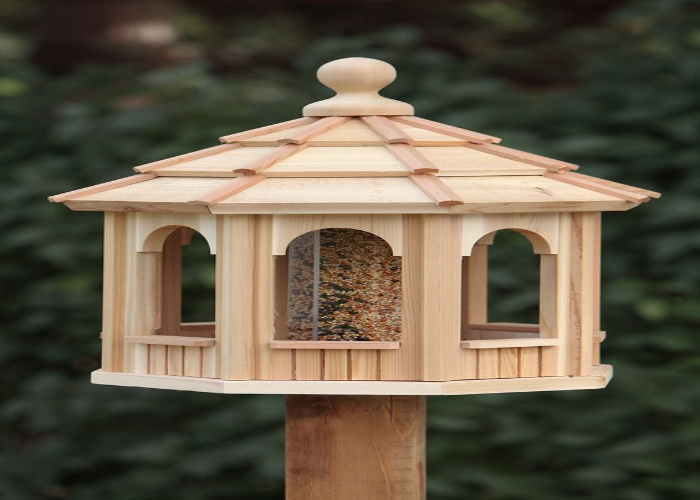
You may sit back and enjoy the natural and magnificent beauty of your new location once your meadow garden has grown. You can also enjoy trimming and cleaning up your garden.
Because a meadow garden attracts insects and other animals, you can encourage additional wildlife in your garden by including a small pond, bird feeder, baths, or other attractions.
A meadow garden takes time to mature, but it is well worth the wait and will enchant you with its beauty in the coming years.
Why Should You Choose a Meadow Garden?
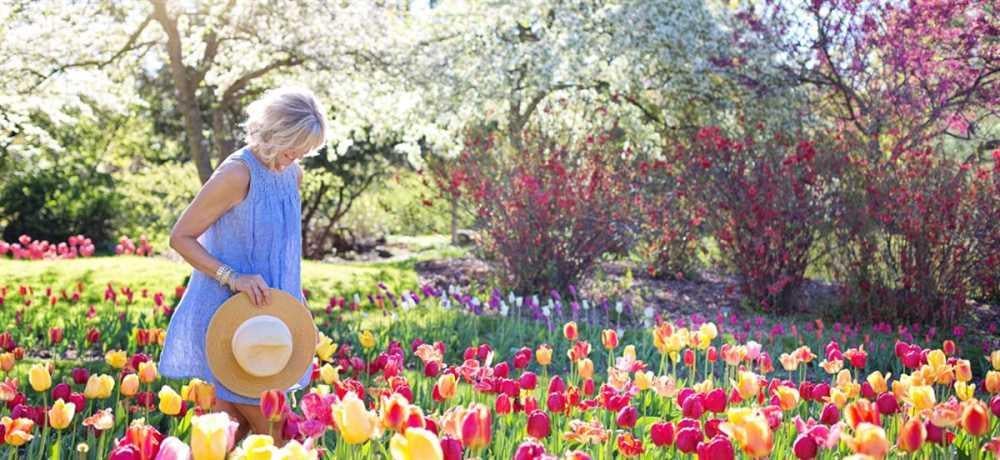
Meadows are relatively rare in nature, yet they serve an important role in improving the ecology. Thanks to you, a meadow garden can attract a variety of insects, birds, and other wildlife, which can help boost the richness of an ecosystem. This is particularly important in locations where monoculture has limited the number of native species.
Meadow gardens can also help to improve soil and water health. A wide range of plant species with varying root systems aid in breaking up compacted soil and improving its structure, thereby playing an important role in maintaining and enhancing soil health. The extensive root systems improve water quality by screening contaminants and minimising runoff.
With a mixture of grasses, wildflowers, and other native plants, a meadow garden not only looks stunning and can transform your lawn but is also easy to maintain and can thrive with minimal inputs.
So, what further reasons do you are looking for?
A Small Meadow of Colours!
Are you ready to start a small meadow garden? We hope our instructions and suggestions were clear and helpful. There is a lot to learn about gardening, and experience is certainly the best teacher.
Meadow gardens don’t need a lot of room, and you can construct a small, gorgeous meadow garden on your lawn with a variety of plant species that will impress every passerby. By adding native plants, you will benefit both nature and yourself.
Gardening can be a thrilling journey if you put your heart and soul into it.
Frequently Asked Questions
What Is the Best Place to Plant Wildflowers?
Wildflowers typically do not require fertile soil and can grow in practically any place. However, because they wanted an area with direct sunlight for at least 6 hours every day, they chose the location accordingly.
Which Season Is the Best to Start a Meadow Garden?
You can begin preparing the soil at any time of the year. Then, plant in the cooler months of autumn or spring. Allow enough time for plants to establish themselves before the first harsh frost. In the spring, plants will be more commonly available.
What Is the Best Compost for Wildflowers?
‘Seed compost’ is most suited for wildflowers because it contains the fewest nutrients of all bagged composts.

